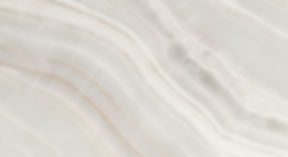Introducing everyone's favorite birthstone, Opal!
Opal is one of the most popular gemstones due to it's incredible display of colors, how well it does in jewelry, and the fact that it is somewhat of a mineral anomaly!
The most frequently asked question about opal is how exactly does it form? The beginning of opal formation occurs within cracks, faults, and voids of igneous rock. Opal starts as a hydrous silica deposit and fills these voids, eventually to harden and become part of the rock. There's many misconceptions as to if opal is considered a mineral or not, due to its lack of orderly crystalline structure. Because of this, geologists have come to the consensus that opal falls under the classification of mineraloid. Another example of a mineraloid is obsidian.
So how does opal get its beautiful sheen of colors? This effect is known as opalescence or play of light, and the way it occurs is when microscopic silica spheres arrange themselves in an orderly pattern which diffract any light that enters the specimen! The colors displayed depend upon how dense the silica spheres are and what pattern they're arranged in.
Not only does opal form within igneous rocks, but also as a pseudomorph! A pseudomorph is a mineral that has overtaken the structure of a previous mineral or organic matter such as wood or shell. The most common opal pseudomorphs are opalized ammonites, which are a type fossil that lived over 65 million years ago, and opalized wood limb casts.
The oldest recorded findings of opal were discovered in Kenya by world renowned anthropologist Louis Leakey, who dated the opals back to about 4000 B.C. Since then countless artifacts, from paintings to the jewelry itself, have demonstrated the world's obsession with opal! Even its modern name has ancient sources, deriving from old world Sanskrit, Latin, and Greek.
We hope this has satisfied your curiosity on opal and all it's majesty!


